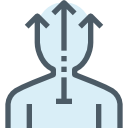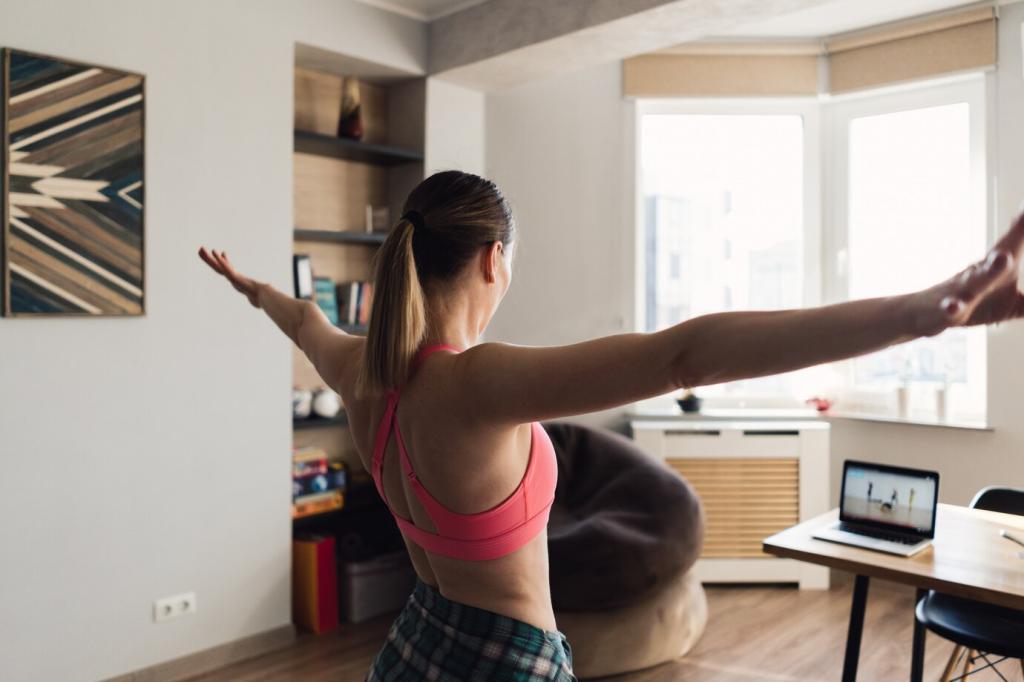A Weeklong Focus Experiment
Track your current focus using a one-to-five clarity score every two hours. Introduce standing in two short sessions daily. Journal surprises and discomfort honestly. Post your baseline score averages to encourage fellow readers.
A Weeklong Focus Experiment
Adjust desk height, mat position, and monitor angle by tiny increments. Save two presets: writing and meetings. Notice when attention peaks. Share which preset you prefer and which task category transformed most dramatically.




